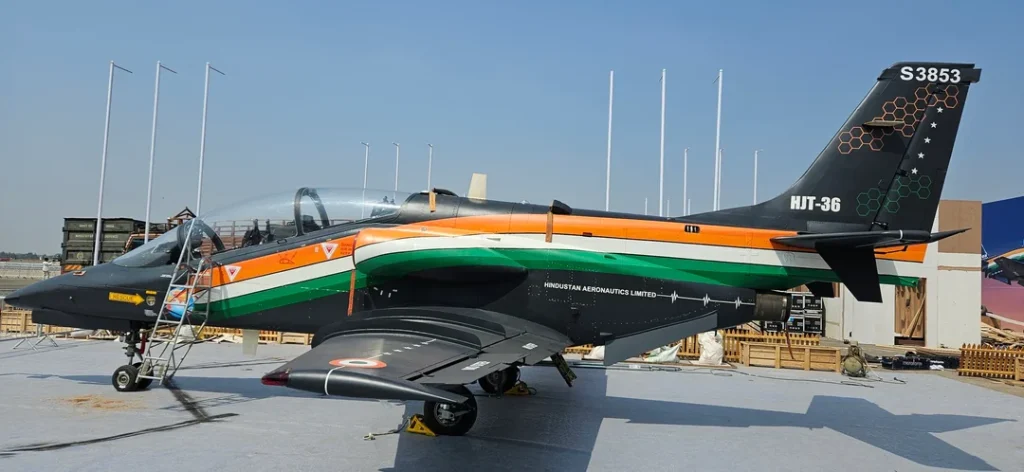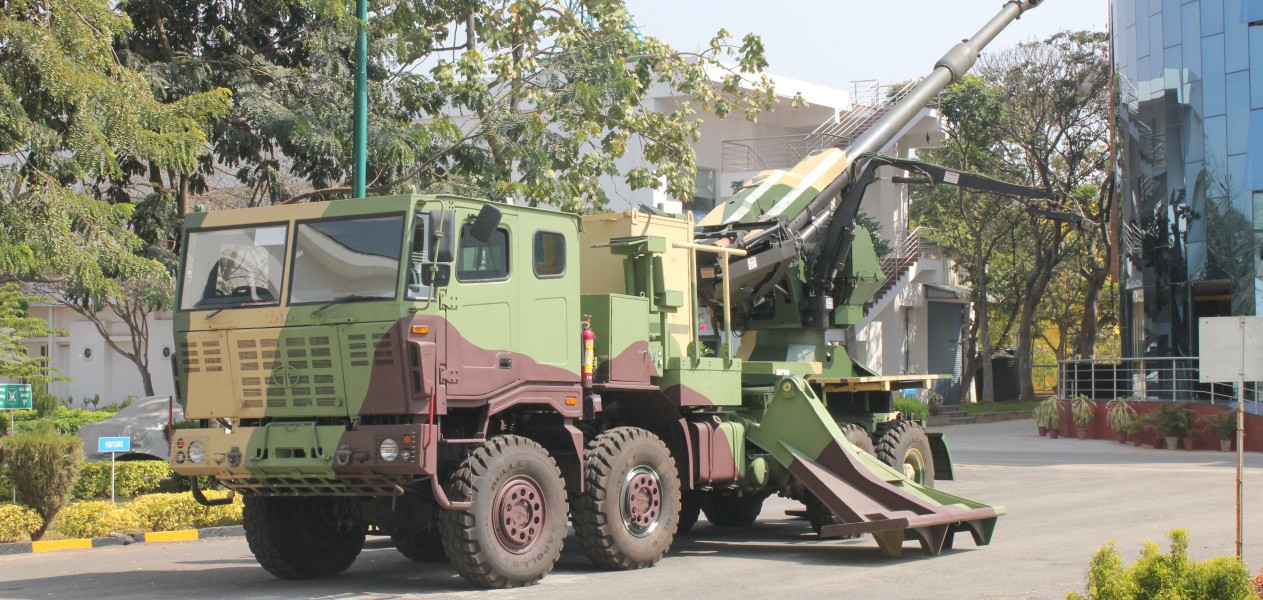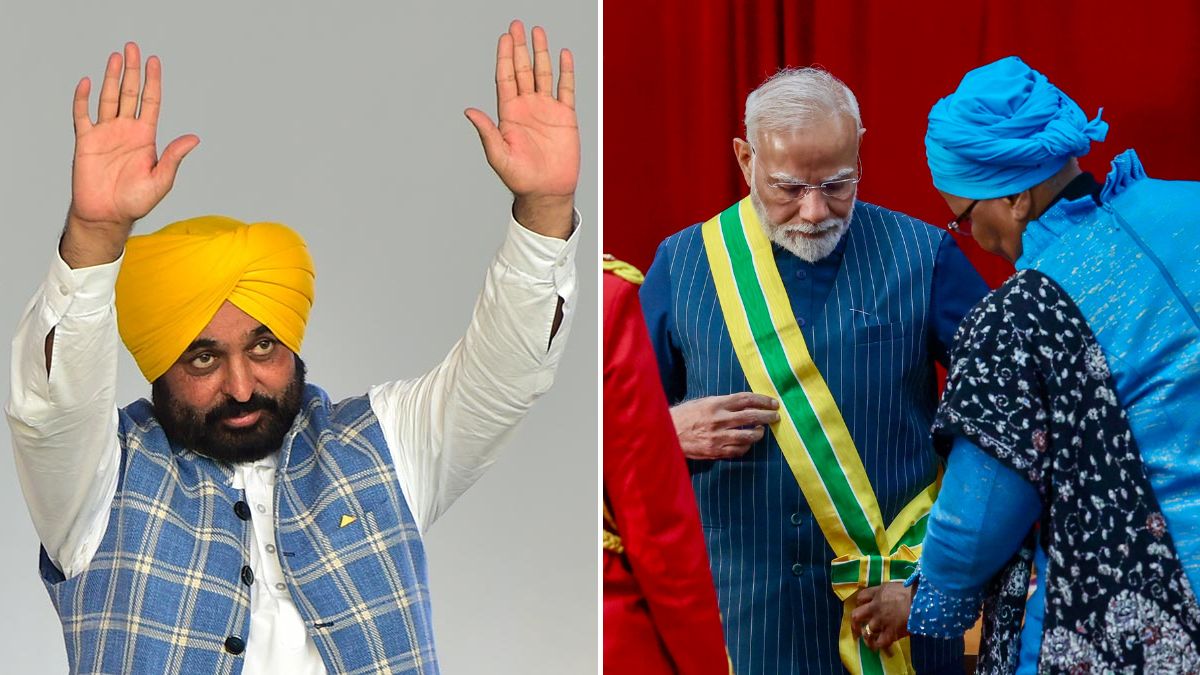SOURCE: RAUNAK KUNDE / NEWS BEAT / IDRW.ORG

The Gas Turbine Research Establishment (GTRE), a key laboratory under India’s Defence Research and Development Organisation (DRDO), has proposed the development of an uprated 10kN (approximately 850 kgf) turbofan engine, according to sources close to the Indian Defence Research Wing (idrw.org). This new aero-engine, a scaled-up variant of GTRE’s existing 450 kgf (4.5kN) Small Turbo Fan Engine (STFE), also known as the Manik engine, is intended to power Medium Altitude Long Endurance (MALE) jet-powered Unmanned Aerial Vehicles (UAVs) or Collaborative Combat Aircraft (CCA) programs.
While its specific application remains undefined, the engine’s development signals India’s ambition to enhance its indigenous propulsion capabilities for advanced unmanned platforms. The proposed 10kN turbofan engine builds on the success of the STFE, a twin-spool, non-afterburning engine designed for subsonic cruise missiles and UAVs. The STFE, which has been flight-tested successfully in October 2022 on the Indigenous Technology Cruise Missile (ITCM), delivers a thrust of 4.5kN and is optimized for long-endurance missions at subsonic speeds (around 0.8 Mach).
Continue readingSOURCE: RAUNAK KUNDE / NEWS BEAT / IDRW.ORG

According to sources close to idrw.org, Hindustan Aeronautics Limited (HAL) is exploring the possibility of converting an older prototype of the HJT-36 Yashas, an intermediate jet trainer, into a light attack variant aimed at export markets. This move is driven by the growing demand for cost-effective aircraft capable of conducting counter-terrorism operations in uncontested airspace.
The HJT-36 Yashas, designed as a Stage-II trainer to replace the aging Kiran MkII jets in the Indian Air Force (IAF), features five hardpoints— one under the fuselage and four under the wings—with a payload capacity of 1,000 kilograms (2,200 lb). This configuration makes it a viable candidate for adaptation into a light attack role.
Continue readingSOURCE: RAUNAK KUNDE / NEWS BEAT / IDRW.ORG

The Defence Research and Development Organisation (DRDO) is advancing India’s air defence capabilities with the development of a truck-based variant of the Vertical Launch Short-Range Surface-to-Air Missile (VL-SRSAM), a derivative of the Astra Mk1 Beyond Visual Range Air-to-Air Missile (BVRAAM). According to sources cited by idrw.org, the truck-mounted VL-SRSAM, designed with a 50 km range, is slated for its first trials later in 2025 or early 2026.
Initially developed to meet the Indian Navy’s requirement to replace the aging Israeli-origin Barak-1 Point Defence System, the VL-SRSAM has proven its mettle in naval trials, including a successful test-firing from an Indian Naval ship off the Odisha coast in June 2022. The Indian Air Force (IAF) and Indian Army (IA) have expressed interest in this system, requesting trials of the truck-based variant integrated with their respective radar grids for enhanced air defence coverage. This article explores the development, significance, and potential adoption of the VL-SRSAM by the IAF and IA, as well as its role in India’s multi-layered air defence architecture.
Continue readingSOURCE: AFI

In a bold assertion, Dr. Ravi Shankar S.R., a senior scientist at the Defence Research and Development Organisation (DRDO), has claimed that the HAL Tejas Mk-2, India’s next-generation light combat aircraft, will match the capabilities of the French Rafale, a cornerstone of the Indian Air Force’s (IAF) fighter fleet. Speaking at a defense symposium in Bengaluru, Dr. Shankar highlighted the Tejas Mk-2’s advanced avionics, indigenous systems, and cost-effectiveness as key factors positioning it as a rival to the Rafale. However, Indian defense enthusiasts and analysts on X are taking it a step further, proclaiming that the Tejas Mk-2 will not just match but surpass the Rafale in critical areas, heralding a new era for India’s indigenous aerospace capabilities.
The Tejas Mk-2, an evolution of the Tejas Mk-1A, is designed to address the IAF’s need for a modern, multi-role fighter to replace ageing platforms like the Jaguar and Mirage 2000. Powered by the General Electric F414-INS6 engine, delivering 98 kN of thrust, the Mk-2 boasts a larger airframe, enhanced payload capacity of 6,500 kg, and a combat range of 2,500 km with external fuel tanks. Its avionics suite includes an indigenous Active Electronically Scanned Array (AESA) radar, developed by DRDO’s Electronics and Radar Development Establishment (LRDE), and an advanced electronic warfare (EW) suite with self-protection jammers and infrared search-and-track (IRST) systems. The aircraft is also expected to integrate a wide array of indigenous weapons, including the Astra Mk-2 beyond-visual-range air-to-air missile and BrahMos-NG air-launched cruise missile.
Continue readingSOURCE: AFI

Tata Advanced Systems Limited (TASL) recently showcased its advanced Mounted Gun System (MGS) at the Defence Exhibition Athens (DEFEA) 2025, held from May 6-8 in Athens, Greece, positioning itself as a key contender for the Indian Army’s requirement for 300 MGS units, with potential expansion to 700 units. Originally inspired by the Denel T5-52 self-propelled howitzer, TASL’s MGS has undergone significant upgrades, including the integration of the 155mm/52-calibre barrel developed for the Advanced Towed Artillery Gun System (ATAGS), alongside other enhancements tailored for mobility and battlefield performance.
TASL’s MGS, first unveiled as a scale model at Aero India 2012 and refined over the years, initially drew inspiration from South Africa’s Denel T5-52, a truck-mounted 155mm howitzer known for its long-range precision and mobility. However, leveraging its expertise from the ATAGS program, TASL has replaced the original Denel barrel with the indigenous 155mm/52-calibre barrel developed by DRDO’s Armament Research and Development Establishment (ARDE) for the ATAGS. This upgrade ensures compatibility with the Indian Army’s existing ammunition, including high-explosive base-bleed (HE-BB) rounds, which achieved a world-record range of 48.074 km during 2017 trials.
Continue readingSOURCE: AFI

The Indian Air Force (IAF) is grappling with significant challenges in maintaining its fleet of Jaguar fighter jets following the third crash this year, which claimed the lives of three pilots. The latest accident, involving a Jaguar trainer aircraft near Churu, Rajasthan, on July 9, 2025, underscores the growing difficulties in sustaining the ageing fleet, the only one of its kind still in active service globally. With supply chains for spare parts drying up and many jets operating with outdated technology, the IAF faces a critical juncture as it struggles to modernize while awaiting delayed replacements like the Tejas MkII.
The Jaguar, a twin-engine, deep-penetration strike fighter acquired from British Aerospace (BAE) in 1980, has been a mainstay of the IAF’s fleet for over four decades. The IAF operates approximately 120 Jaguars across six squadrons, making it the sole operator of the Anglo-French jet worldwide. However, the recent crash in Churu, which killed both pilots, follows two other incidents this year: one in Panchkula, Haryana, on March 7, where the pilot ejected safely, and another near Jamnagar, Gujarat, on April 2, which claimed one pilot’s life. These accidents have raised alarm over the fleet’s reliability, with three pilot fatalities in 2025 alone highlighting the human cost of operating ageing aircraft.
Continue readingSOURCE: AFI

During the 1965 Indo-Pak War, a shadowy aerial duel unfolded high above the subcontinent, pitting Pakistan’s ultra-specialized RB-57F spy plane against India’s air defenses. The Pakistan Air Force (PAF) operated a single, high-flying RB-57F, a clandestine asset secretly supplied by the United States to monitor Soviet intercontinental ballistic missile (ICBM) activities.
Repurposed for the war, this sophisticated reconnaissance and electronic warfare platform became one of Pakistan’s most valuable tools against India, until a dramatic encounter on September 15, 1965, ended its dominance.
Continue readingSOURCE: PIB
(1)3HY4.jpeg)
‘Keel Laying’ ceremony of third Fleet Support Ships (FSS) was held at M/s L&T Shipyard, Kattupalli on 09 Jul 25, in the presence of VAdm Rajaram Swaminathan, Controller Warship Production & Acquisition and senior officials from the Indian Navy, HSL and M/s L&T.
Indian Navy had signed a contract with HSL for acquisition of Five Fleet Support Ships (FSS) in Aug 2023, with deliveries commencing mid-2027. Showcasing the strength of public-private partnership, HSL has sub-contracted construction of two ships to M/s L&T Shipyard, Kattupalli to effectively utilise the country’s shipbuilding capacity and meet stringent timelines for delivery.
Continue readingSOURCE: IANS

Comedian turned actor Kapil Sharma’s newly launched Kap’s Cafe in Surrey, British Columbia was targeted in a shooting incident on Thursday. At least nine shots are believed to have been fired at the premises, however no injuries were reported in the incident. Khalistani terrorist Harjit Singh Laddi has claimed responsibility for the attack.
Marking Kapil’s entry into the hospitality industry, the cafe had its soft launch just days before the attack. Co-managed by Kapil’s wife Ginni Chatrath, the cafe received a positive response from people. Kapil has been treating the netizens with glimpses from inside the cafe on social media. The videos feature an aesthetically pleasing outlet with a pink-and-white theme. Moreover, the cafe has been decorated with crystal chandeliers, artificial flowers, and baby pink sofas.
Continue readingSOURCE: PTI

Squadron Leader Lokendra Singh Sindhu, one of the two Indian Air Force (IAF) pilots who were killed in a crash of a Jaguar fighter jet near Churu in Rajasthan on Wednesday, had become father a month ago and the family in Haryana had been in celebration mode before the tragedy struck.
Lokendra Singh Sindhu, hailing from Kheri Sadh village in Haryana’s Rohtak, spoke with his family through a video call on Tuesday evening and just hours before the incident took place, he exchanged messages with his family, enquiring about general welfare.
Continue readingSOURCE: PTI

The Maharashtra legislative assembly on Thursday passed by a voice vote the Special Public Security bill which seeks to prevent unlawful activities of Left Wing extremist organisations with focus on urban Naxalism.
Chief Minister Devendra Fadnavis, who also holds the Home portfolio, tabled the Maharashtra Special Public Security Bill in the lower house. It had been cleared with amendments by a joint select committee of both houses of the state legislature, Fadnavis said, assuring that when it comes into effect, the new law will not be misused.
Continue readingSOURCE: IANS

Union Minister of Petroleum and Natural Gas, Hardeep Singh Puri, on Thursday said that Russia is one of the largest crude producers with over 9 million barrels per day. In a post on X, the minister said: “Imagine the chaos if this oil, amounting to about 10 per cent of the global oil supply of around 97 million, vanished from the market.
It would have forced the world to reduce its consumption, and since the consumers would be chasing the reduced supplies, the prices would’ve spiralled to over $120-130.” Puri further added that Russian oil was never under global sanctions. “Sensible decision makers around the world were aware of the realities of global oil supply chains and how India was only helping the global markets by buying discounted oil under a price cap from wherever we could,” he emphasised.
Continue readingSOURCE: PTI

Astronaut Shubhanshu Shukla and his Axiom-4 crew have witnessed 230 sunrises onboard the International Space Station (ISS) and travelled nearly 100 lakh kms in space at the end of two weeks on the orbital laboratory.
The Axiom-4 crew, comprising Shukla, Peggy Whitson, Slawosz Uznanski-Wisniewski and Tibor Kapu, also took their final off-duty day on the ISS, waiting for NASA to announce the date of return to Earth. The Axiom Mission 4 (Ax-4) crew has completed close to 230 orbits around Earth and travelled more than six million miles (96.5 lakh kms), an Axiom Space statement said.
Continue readingSOURCE: UNI

The government today slammed the comments by Punjab Chief Minister Bhagwant Mann on Prime Minister Narendra Modi’s recent visit to Ghana, terming them as “irresponsible and regrettable” and disassociated itself from the comments which it said “undermine India’s ties with friendly countries”.
The MEA spokesperson Randhir Jaiswal, in a statement tonight, said: “We have seen some comments made by a high state authority about India’s relations with friendly countries from the Global South. “These remarks are irresponsible and regrettable and do not behove the state authority.
Continue readingSOURCE: IANS

A large cache of arms and ammunition was recovered on Thursday by the security forces during a CASO (Cordon & Search Operation) in J&K’s Poonch district. Officials said that based on specific intelligence inputs, a CASO was started by the security forces in the Khanetar Top area of Poonch district.
An official said that intelligence input had indicated a possible presence of a terror consignment in the area. “During the search, the joint team recovered two pistols along with two magazines, 24 rounds of 9mm ammunition, one Under Barrel Grenade Launcher (UBGL), six hand grenades, two Improvised Explosive Devices (IEDs) and an electronic set,” he said.
Continue reading